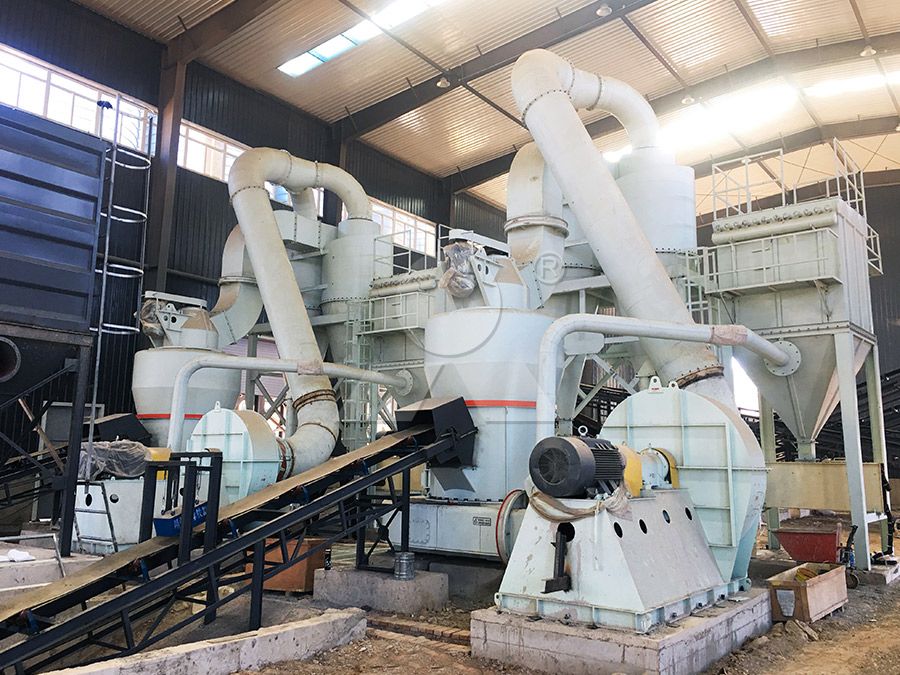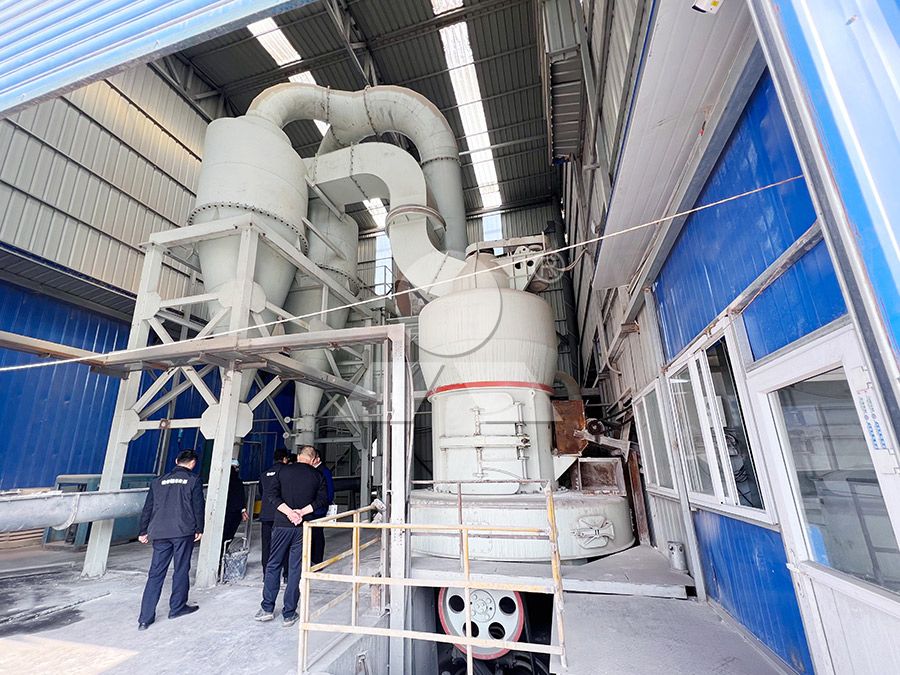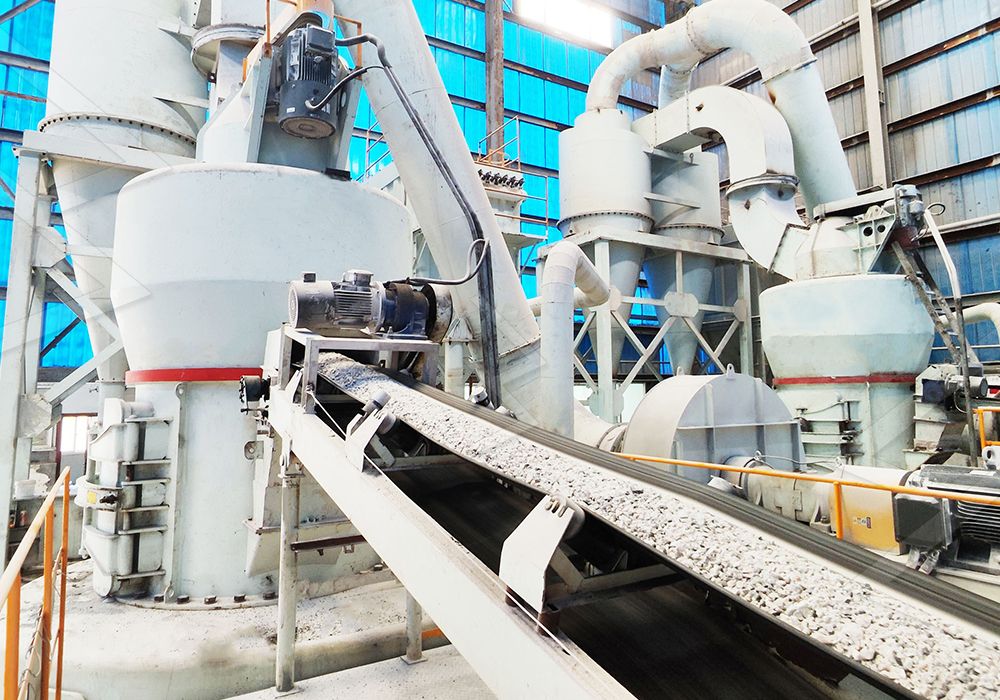Maintenance and Overhaul of Medium-Speed Coal Mills for Efficient Grinding
Maintenance and Overhaul of Medium-Speed Coal Mills for Efficient Grinding
Medium-speed coal mills represent the backbone of many industrial grinding operations, particularly in power generation and cement production. Their reliable performance directly impacts plant efficiency, fuel consumption, and operational costs. Proper maintenance and timely overhaul are not merely recommended practices but essential disciplines for maximizing equipment lifespan and ensuring consistent product quality.

Key Maintenance Protocols for Optimal Performance
Preventive maintenance forms the cornerstone of reliable coal mill operation. Regular inspection schedules should focus on wear parts, lubrication systems, and grinding elements. The grinding rollers and grinding ring, being the primary components subject to abrasion, require particular attention. Monitoring wear patterns can predict failure points and schedule replacements during planned downtime, avoiding unexpected production halts.
Lubrication systems demand meticulous care. Modern mills often feature advanced lubrication technologies that extend service intervals, but regular checks remain crucial. For operations requiring ultra-fine powder production with minimal environmental impact, our MW Ultrafine Grinding Mill presents an excellent solution. Engineered for customers needing to produce ultra-fine powder, this machine operates with significantly reduced dust and noise emissions. Its innovative design eliminates rolling bearings and screws within the grinding chamber, removing common failure points and enabling external lubrication without shutdown. This allows continuous 24-hour production—a significant advantage for operations prioritizing maximum uptime.
Strategic Overhaul Planning
Comprehensive overhauls should be scheduled based on operational hours and material throughput rather than arbitrary time intervals. During overhaul procedures, technicians should thoroughly inspect the mill’s internal structure, replacing worn components before they compromise product quality or cause secondary damage. The separator system, critical for controlling product fineness, requires calibration to maintain precise particle size distribution.

For operations processing non-metallic minerals and pulverized coal, the LM Vertical Grinding Mill offers substantial benefits during maintenance cycles. Its reversible structure was specifically designed to address maintenance challenges posed by heavy grinding rollers. Through this innovative design and hydraulic adjustment system, operators can easily move grinding rollers out of the body for inspection and replacement of roller shells and liner plates. This engineering foresight significantly reduces shutdown duration and associated production losses.
Enhancing Efficiency Through Technology
Modern coal mills incorporate digital monitoring systems that track performance metrics in real-time. These systems provide valuable data for predictive maintenance, alerting operators to abnormal vibrations, temperature fluctuations, or pressure changes that indicate developing issues. Implementing such monitoring technologies transforms maintenance from reactive to proactive, optimizing both equipment performance and resource allocation.
Energy consumption represents another critical efficiency metric. Advances in grinding technology have substantially reduced power requirements while increasing throughput. Our MW Ultrafine Grinding Mill demonstrates this progress vividly—achieving production capacity 40% higher than jet grinding mills and twice that of ball grinding mills with the same fineness and power, while system energy consumption is only 30% of jet grinding mills.

Environmental Considerations
Contemporary grinding operations must address environmental regulations alongside performance requirements. Effective dust collection and noise reduction systems are no longer optional features but mandatory components. The MW Ultrafine Grinding Mill’s efficient pulse dust collector ensures no dust pollution during operation, while silencers and noise elimination rooms maintain workplace comfort and regulatory compliance.
Frequently Asked Questions
What is the typical maintenance interval for medium-speed coal mills?
Maintenance intervals vary based on operational hours, material abrasiveness, and maintenance history. Generally, comprehensive inspections should occur every 2,000-4,000 operating hours, with minor checks during scheduled production stops.
How can I reduce energy consumption in my coal grinding operation?
Energy efficiency can be improved through several approaches: ensuring optimal material feed rates, maintaining proper grinding pressure, using high-efficiency classifiers, and upgrading to modern mill designs that incorporate energy-saving technologies like our MW Ultrafine Grinding Mill, which reduces energy consumption by 30-50% compared to conventional systems.
What are the signs that my coal mill needs overhaul?
Key indicators include decreased production capacity, increased power consumption, abnormal vibrations, inconsistent product fineness, and rising operating temperatures. These symptoms often signal worn grinding elements, misaligned components, or deteriorating internal surfaces.
How does the MW Ultrafine Grinding Mill handle different product fineness requirements?
The MW Ultrafine Grinding Mill features a cage-type powder selector with German technology that effectively increases powder separation precision. The product fineness can be adjusted between 325-2500 meshes, with screening rate achieving d97≤5μm in a single pass, providing exceptional flexibility for various application requirements.
What advantages does the LM Vertical Grinding Mill offer during maintenance?
The LM Vertical Grinding Mill incorporates a reversible structure that allows easy removal of grinding rollers from the mill body. Combined with its hydraulic adjustment system, this design enables quick inspection and replacement of roller shells and liner plates, dramatically reducing maintenance time and associated production losses.
